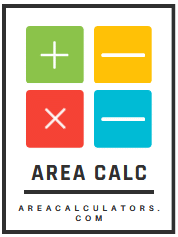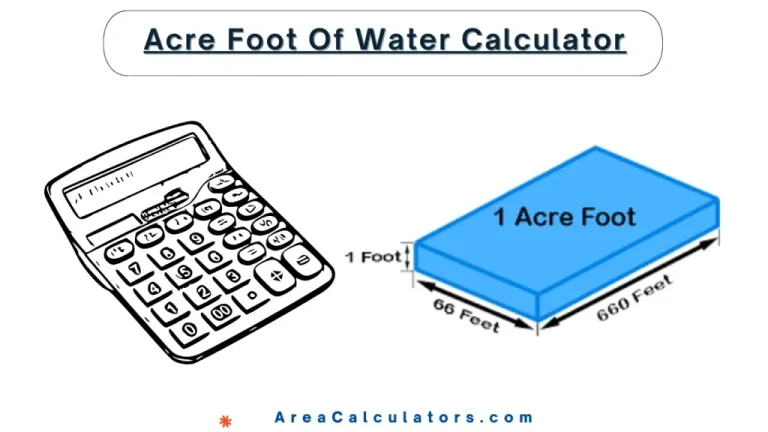Excess Reagent Calculator
To find the excess reagent in a chemical reaction, subtract the amount of the limiting reagent (LR) consumed from the total reagent available (TR).
The Excess Reagent Calculator is utilized for solving stoichiometry problems in chemistry. It helps determine which reactant is left over after a chemical reaction and how much of it remains. This calculation is particularly useful in laboratory experiments, industrial chemical production, and theoretical reaction modeling.
By identifying the excess reagent, you can optimize resource use, minimize waste, and understand the reaction dynamics. This tool simplifies the process by providing quick and accurate results, making it invaluable for students, chemists, and engineers.
Formula
ER = TR − LR
| Variable | Description |
|---|---|
| ER | Excess reagent remaining |
| TR | Total reagent available |
| LR | Limiting reagent consumed during the reaction |
Solved Calculations
Example 1:
If 12.5 g of Zn reacts with 14.2 g of HCl, and Zn is the limiting reagent:
| Step | Calculation |
|---|---|
| Total Reagent (TR) HCl | 14.2 g |
| Limiting Reagent (LR) Zn | Consumed Zn equivalent |
| Formula Used | ER = TR − LR |
| Result | Excess HCl remaining (calculated) |
Example 2:
If 0.500 mol Li reacts with 0.350 mol N₂, and N₂ is the limiting reagent:
| Step | Calculation |
|---|---|
| Total Reagent (TR) Li | 0.500 mol |
| Limiting Reagent (LR) N₂ | 0.350 mol equivalent consumed Li |
| Formula Used | ER = TR − LR |
| Result | Excess Li remaining (calculated) |
What is the Excess Reagent Calculator?
The Excess Reagent Calculator is a useful tool. One can use it for calculating the reagent that is left over in a chemical reaction after the limiting reactant has been fully consumed. It simplifies the often complex calculations required in stoichiometry, saving time and ensuring accuracy in laboratory and academic settings.
This calculator is designed to answer questions such as how to calculate the excess reactant, how much of the excess reagent remains, or how to determine the mass of the excess reagent after a reaction. It is especially useful for solving problems involving limiting and excess reactants in chemistry, helping users calculate reagent amounts or identify which reactant will be in surplus.
Beyond simple calculations, the tool is also valuable for teaching stoichiometric principles and practicing limiting and excess reagent problems. By automating these calculations, it ensures precise results without manual errors.
Final Words
To summarize, the Excess Reagent Calculator is an indispensable resource for anyone studying or working with chemical reactions. It ensures quick, accurate results, making it ideal for academic, laboratory, or professional use.


